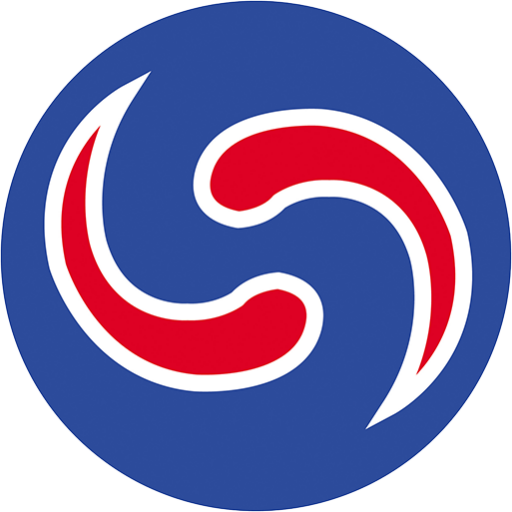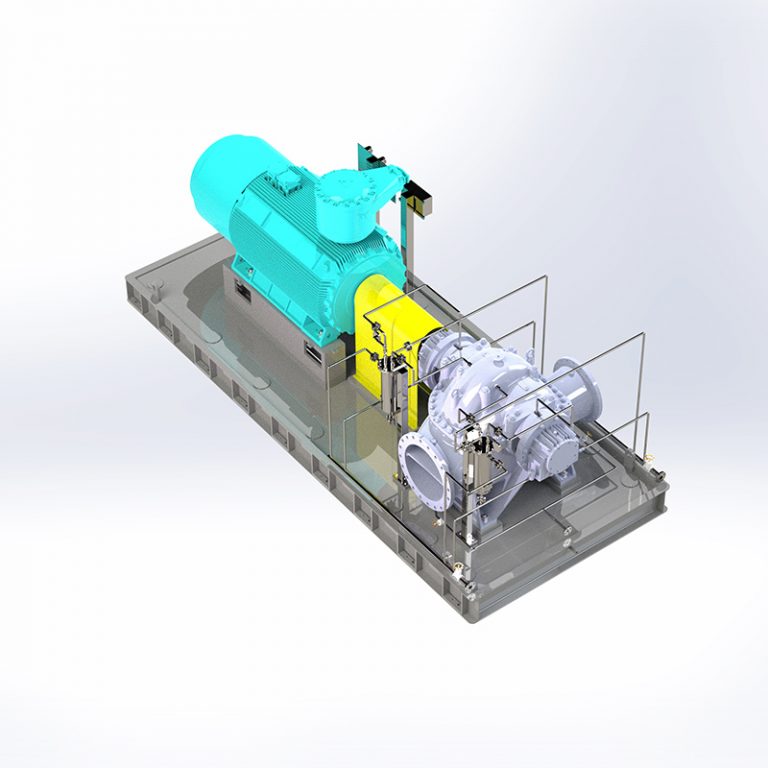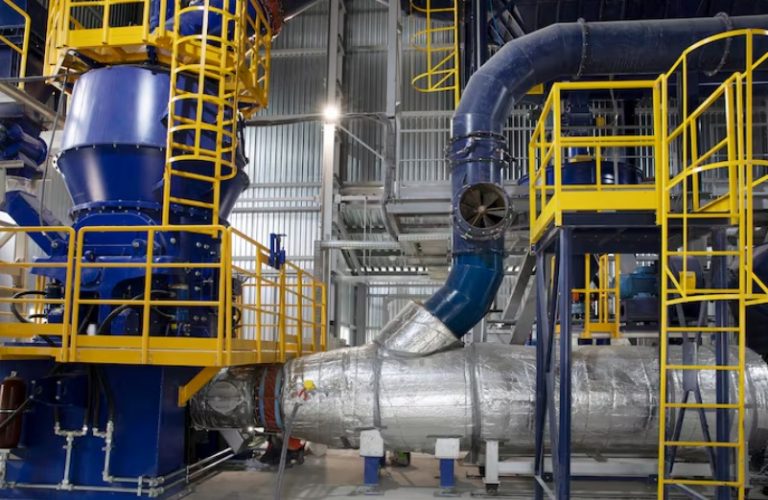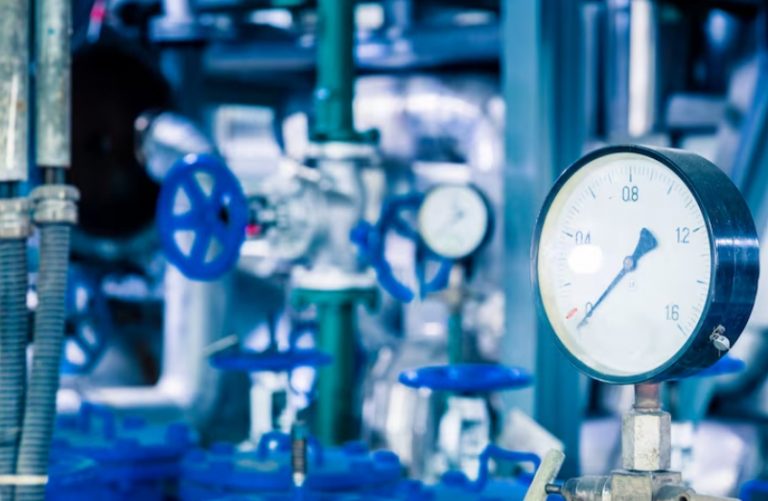
Centrifugal pumps serve as the mainstay of the current industry. They handle the task of shifting vital liquids in settings from petrochemical sites to water purification plants. Although they frequently prove quite dependable, their breakdown can result in severe halts. This leads to reduced output and major hazards to safety. The secret to extending their duration and maintaining steady work lies not only in fixing issues as they arise. Instead, it involves setting up a strong, forward-thinking upkeep plan. This overview details the key top methods you must understand to maintain your centrifugal pumps operating smoothly and steadily.
The Foundation: Building a Proactive Maintenance Strategy
The frequent and expensive error in pump oversight is a fully reactive method. This means holding off until an item fails before repairing it. A forward-thinking approach works much better. It combines both scheduled and forecasting upkeep.
• Preventive Maintenance (PM): This requires carrying out planned upkeep duties, such as oil swaps and reviews, at set times. As a result, it lowers the chance of breakdowns.
• Predictive Maintenance (PdM): This employs health-tracking devices, like shake studies and heat scans, to watch the pump’s condition right away. Thus, you can foresee failures prior to their occurrence. You can then arrange fixes at the best moment.
Daily and Weekly Checks: Your First Line of Defense
Steady oversight offers the easiest path to spot issues soon. Your workers and upkeep crew ought to receive training for these routine reviews.
A. Visual and Auditory Inspections
Your perceptions act as strong checking aids. In daily patrols, observe and hear for these signs:
• Leaks: Examine for any drops or oozing from the pump housing, mechanical seals, or packing gland.
• Abnormal Noises: Pay attention to tones such as scraping or clattering. These might suggest bearing issues. A sharp squealing noise could point to cavitation.
• Excessive Vibration: Though exact gauging needs equipment, you can frequently sense or notice too much shaking. This indicates problems like unevenness or poor alignment.
B. Monitoring Operating Parameters
Your pump’s gauges supply ongoing info on its state.
• Pressure Gauges: Verify that the intake and output pressures stay inside the usual range for the ongoing process. A notable decline might show a clog or impeller erosion.
• Temperature Readings: Employ an infrared heat device to assess the bearing enclosure warmth. An abrupt rise serves as a definite alert for lubrication troubles or bearing damage.
• Lubrication Levels: Look at the oil amount in the bearing housing view window. Make sure it appears clean and sits at the proper height.
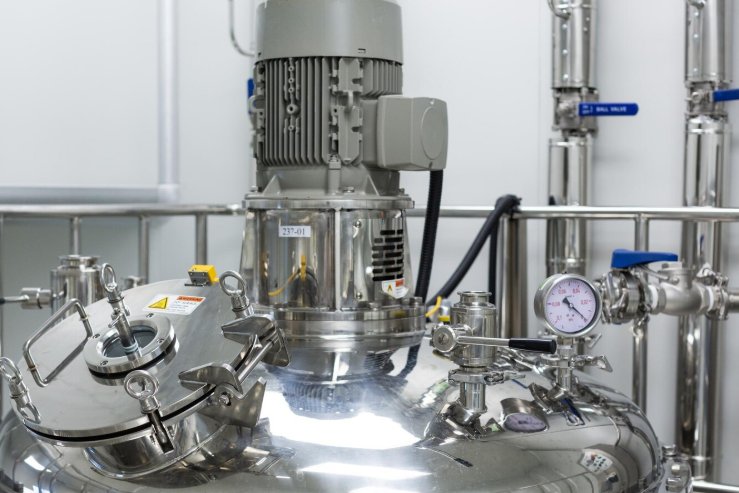
In-Depth Preventive Maintenance Tasks
Past daily reviews, a timed PM scheme should cover more thorough duties. These help secure lasting steadiness.
A. Lubrication Management: The Lifeblood of Your Pump
Over half of pump breakdowns are linked to bearings. Most of those stem from wrong lubrication.
• Keep it Clean: Stop pollution during keeping and shifting. Utilize assigned, closed holders for oils.
• Use the Right Type and Amount: Always stick to the maker’s advice for lubricant kind (oil or grease) and quantity. Too much lubrication can harm just like too little.
• Scheduled Changes and Analysis: Swap oil per the producer’s timeline or from oil checks. These can spot dirt and breakdown before harm occurs.
B. Seal and Packing Integrity
The pump seal proves vital for holding the process liquid.
• Mechanical Seals: These need little regular upkeep. Yet, watch them closely for any leakage hints. The seal aid setup (flush plans) must undergo checks, too. This confirms it works properly.
• Packing: If your pump employs packing, it might need regular gland tweaks. These keep a minor leak for oiling and cooling. Tightening too much can mark the shaft cover and lead to early breakdown.
C. Precision Alignment and Vibration Analysis
• Alignment: Poor alignment between the pump and motor ranks as a top cause of early bearing and seal issues. Shaft alignment requires checking and fixing with laser tools during setup and following any big fixes.
• Vibration Analysis: Gathering and studying shake info at intervals stands as one of the strongest forecasting upkeep aids. It can find unevenness, poor alignment, bearing flaws, and fluid problems well before they turn serious.
The Longgang Advantage: Pumps Designed for Maintainability
A solid upkeep scheme matters greatly. However, the pump’s layout itself plays a big part in easing these duties. It also stretches service gaps. At Longgang, we craft our API-compliant pumps not solely for output, but for steadiness and simple upkeep.
Simplified Service with Smart Casing Design

Halts cost a lot. So, we shape our pumps for fast and easy entry to the inner parts.
• The Longgang LZA (OH1) single-stage cantilever pump includes an “overall pull-out design”. This permits the whole turning group—covering the bearings, shaft, and impeller—to come out for service. You avoid unplugging the pump housing from the intake and output lines. Consequently, it sharply cuts upkeep duration.
• In the same way, our LCD (BB3) horizontal multi-stage pump uses an axial split casing. Upkeep groups can merely take off the upper half of the housing. This grants access to the full rotor for review or swap. Once more, it happens without upsetting the sight lines.
Engineering for Longevity: Internal Force Balancing
The top upkeep is the kind you skip. We add traits to our pumps that naturally lessen wear on key parts.
• The LDD (BB4) high-pressure multi-stage pump features a complex drum-disk-drum combined balancing mechanism. This layout actively and completely offsets the huge axial forces created in high-pressure work. Therefore, the thrust bearings avoid steady strain. This notably lengthens their working span and lessens swap frequency.
• Even in our standard process pumps like the LZE (OH2) and LZV (OH3), designs for outlets of 80mm or larger contain a double volute structure. This trait offsets radial forces on the impeller. It cuts shaft bending and prolongs the span of both bearings and mechanical seals.
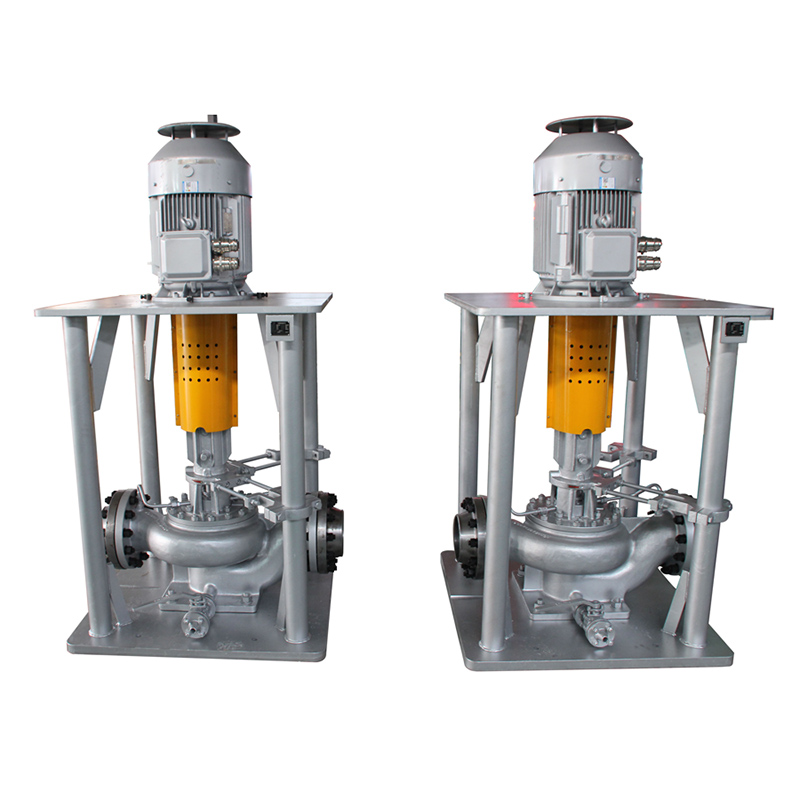
Conclusion: A Partnership in Reliability
Reaching top working steadiness combines two main factors: a careful, forward-thinking upkeep scheme and gear designed basically for a lengthy, usable span. By applying these top methods and picking pumps crafted for toughness, you can shift upkeep from a cost center to a planned edge.
Contact Longgang today to discover how our steady, simple-to-upkeep centrifugal pumps can boost your site’s output and lower your full ownership expense.
FAQ
Q: How often should I perform a precision alignment on my pump?
A: Alignment should be checked at installation, after any maintenance that involves moving the motor or pump, and it’s good practice to re-verify it periodically (e.g., annually) as part of a predictive maintenance program.
Q: What is the most common sign of imminent bearing failure?
A: A significant increase in bearing housing temperature and a change in sound—often a rumbling or grinding noise—are the most common and immediate indicators of a bearing problem.
Q: Does Longgang provide technical support for selecting the right pump for an application?
A: Yes, we provide comprehensive technical advisory services to help customers select the ideal pump for their specific needs, ensuring optimal performance and reliability from day one.




